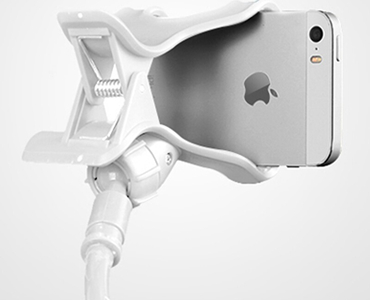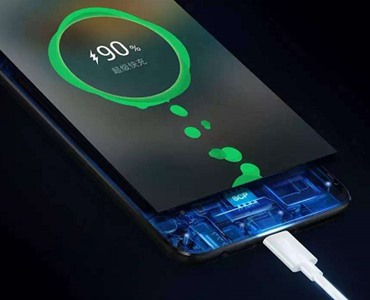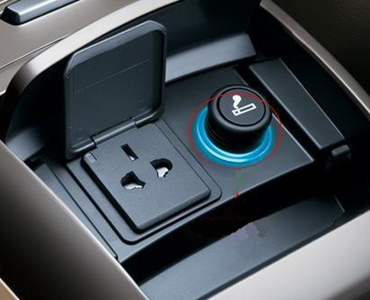513 views Yuda Electronic (HK) Technology Co.,Limited. 2019-09-03
Switching power adapters, also called power adapters, are also called chargers; they are an external power conversion device that can be converted from alternating current to direct current and can be converted at the same time. Switching power adapters are closely related to everyone’s life. Because everybody needs to use this electronic accessory, such as mobile phone / tablet charger, router need to use the switching power adapter. What is the production process of the switching power adapter that is used every day?
First, the development process:
First, design according to the needs of use. Open the mold and produce the outer casing.
Secondly, according to the performance requirements, the electronic engineer develops the electronic circuit part, selects the appropriate scheme, designs the electronic schematic diagram, and draws the drawing of the circuit board (PCB), and gives the PCB board manufacturer a sample of the PCB.
Next, the electronics engineer makes a manual sample and then performs various tests such as performance testing, assembly testing, and aging testing on the sample.
Then, after the sample test passed. Develop PCB production molds. Conduct small batch trial production. Testing will have some problems in the production process. Then make the appropriate adjustments.
Finally, the circuit board (PCB) is finalized, and if the PCB changes, the mold needs to be reopened. Produce corresponding documents such as specifications, instructions, and inspection instructions.

Second, the mass production process:
1. SMT : After the materials are ready, after the inspection is passed, the PCB is first passed through the SMT machine for the placement process;
2, DIP: a good piece of PCB, pulled on the plug-in, the plug-in process. DIP will be subdivided into: inserts, press parts, immersion tin, cutting electronic feet and other processes;
3, supplement welding: in the plug-in pull, after immersing the circuit board after tin, some electronic components have not been on the good tin, this time you need to be welded to solve. The supplement- welding process is subdivided into:
Over-wave soldering: After the plug is pulled again by the machine, there is no good tin metal material when immersed in tin;
PCB repair welding: usually a PCB sub-area, manual kanban, no good tin, hand-filled;
QC Test 1: By making a companion test tool. The bare board is tested, the test is OK, and the next process is given. If the test fails, the repairman is repaired;
4. Assembly: This process is the most complicated
a. Bonding wire: Solder the DC wire to the bare board. Weld the AC wire to the lower case metal part of the case.
b. Gluing: Gluing components that are easy to fall off or break during transportation. It has solder joints such as transformers, filters, AC lines and DC lines.
c. Enclosure: Close the outer casing of the switching power adapter.
d.QC Test 2: Test the performance of each output through the computer integrated tester. If it does not pass, it will be handed over to the repairman on site. Test again until you pass the test.
e. Repair: Repair the switching power adapter that failed the test.
f. Screw: Fix the outer casing. Some housings use ultrasonic waves. Just put it behind the i.QC test 3 process;
h. Aging test: Transfer the screwed product to the aging workshop for aging test. The aging test is after a certain period of time. Then transfer back to the assembly to do the final full inspection QC test.
i.QC Test 3: The last full inspection, the product after the aging test is fully inspected, if not passed, it is returned to e. Repair. Pass the test to the next step.
j. Ultrasonic: If the outer casing is fixed with screws, this process is not required.
k. Appearance QC: Here you need to pick out the appearance of the problem. Replace the casing.
l. Post nameplate: After the appearance inspection is passed. Label the product with the appropriate label.
m. Packing: After the product passes the layer inspection. Finish the packaging.

Cell phone accessories wholesale business can get high profits. But the market is fierce. Big bra...

Does fast charging reduce phone battery life? In order to allow everyone to understand this matt...

How to install the car charger: 1. Insert the USB power adapter into the car cigarette lig...